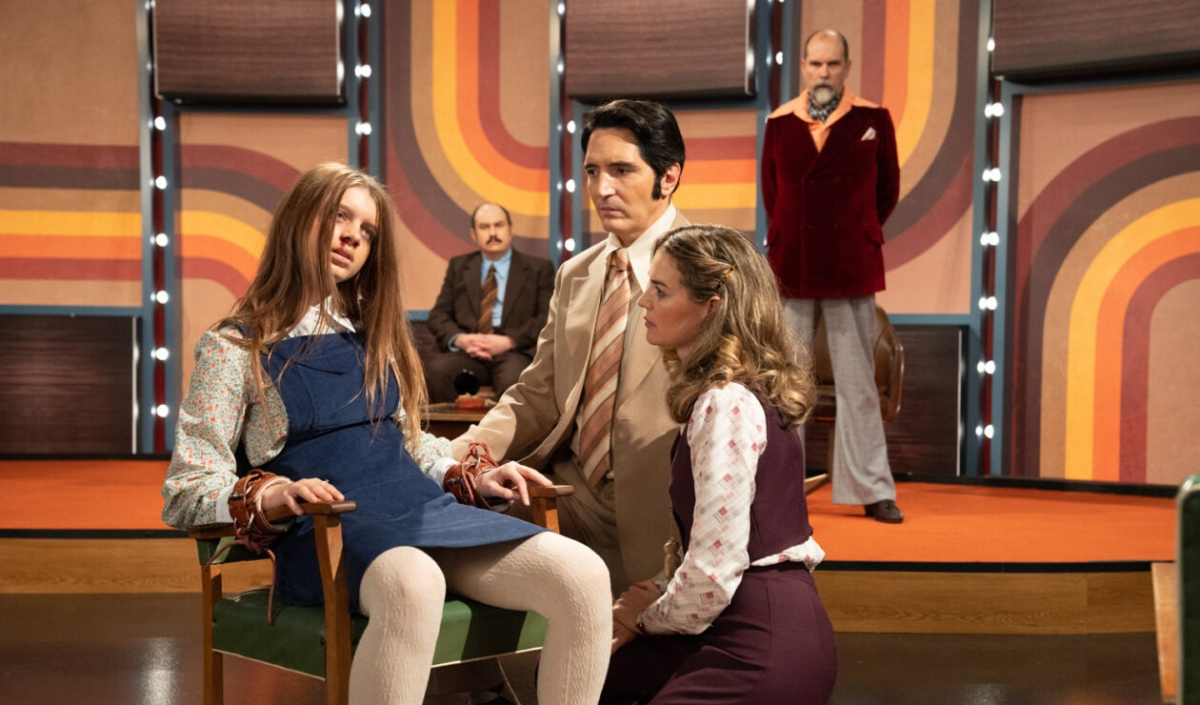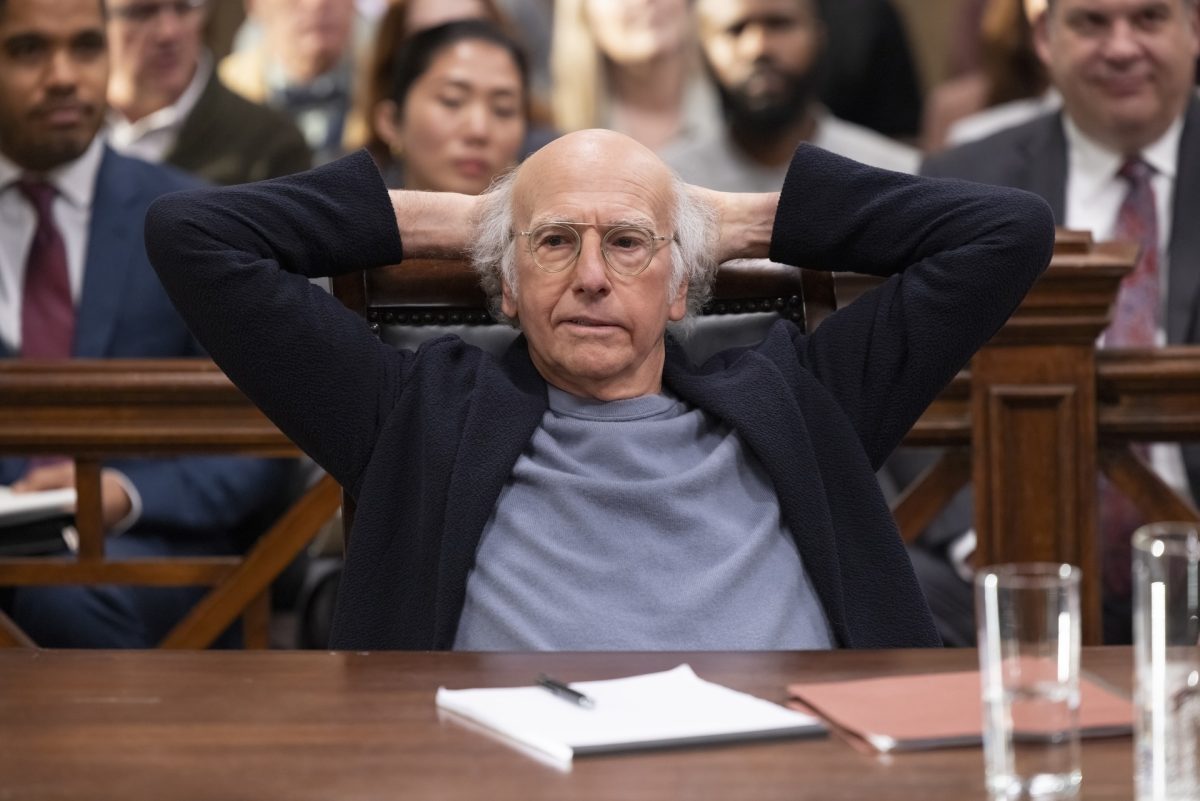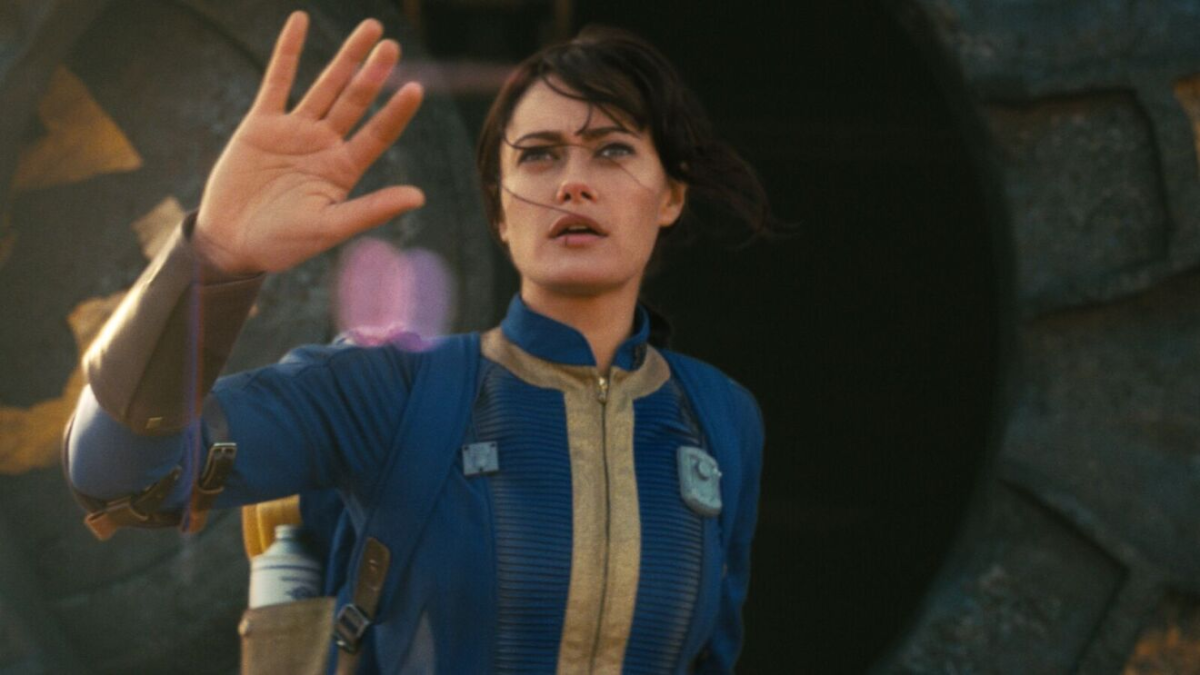Although “Sinister” opened this weekend, local audiences were lucky enough to get a look at the film at last month’s Fantastic Fest with screenwriter/local blogger C. Robert Cargill and co-writer/director Scott Derrickson in attendance. The spooky story of Ellison, a writer who finds a dangerous box of films while investigating his next true-crime story, is an undeniably frightening, entertaining bit of horror cinema.
The Daily Texan participated in a roundtable interview with Derrickson and Cargill at Fantastic Fest.
The Daily Texan: There’s a real human element to the movie. It took some time to say, “Let’s work on some family drama and not just do jump scares.”
C. Robert Cargill: Well, you look at the greatest horror movies ever made … [They] are mostly family dramas. They’re really about something. You look at “The Shining” and that’s about the breakdown of a family. You look at “The Omen,” “Rosemary’s Baby,” “Poltergeist.” All the great horror movies have human elements and are about characters that you really care about, so once you get invested in them, what happens to them, you feel it. When it becomes supernatural, it scares the crap out of you. I think it’s absolutely essential. One of the biggest problems that’s happened in horror was what happened with slasher films in the ‘80s. Everyone’s like, all you have to do is put a couple of teenagers in a cabin somewhere and kill them and people will be scared. No, we don’t get scared. There’s this whole offshoot of horror that kind of became comedy. A bunch of us critics became too obsessed with, and love, great kills because that’s all those movies were offering to us. You were never gonna find a real character anywhere in a “Friday the 13th” movie. What you’ll find is really interesting kills and the same formula executed over and over again. It’s absolutely essential in a horror movie to scare the audience, to make them care.
DT: I enjoyed the monster in the film, Bughuul (or Mr. Boogie). Where did the inspiration for him come from?
CRC: We created him from a whole cloth. The mechanic came from what we wanted to do with the movie, and the mythology came from culling it from books of folklore and demonology and finding common threads and creating something that felt familiar but wasn’t a carbon copy of anything. About a week of research went into it. About a week of sitting down with books on my couch and sifting through it. I’m a novelist as well, so I’ve got tons of book of folklore, so it’s something that I read in my free time. I have a whole stack of books right now because I’m boning up on Australian dreamtime mythology and so I’ve got a dozen books on that. It was just going back through and rereading to look specifically for those threads. That took about a week.
DT: The film’s supernatural elements have a nice contrast with Ellison’s job as a true-crime novelist. Did you do a lot of research into the true crime sub-genre?
Scott Derrickson: I’ve read a lot of true crime. I like good true crime writing. I just made this connection. I spent two years, not long ago, writing the script for “Devil’s Knot,” which was based on a true-crime book. I spent a good, long period of time totally immersed in that West Memphis Three murder case. I’ve gone through the whole process of flying to West Memphis and going through the police files and learning everything there was about an individual crime. Having read at least a dozen good true-crime books in my life, it’s a fascinating sub-genre of writing. It’s a serious sub-genre of writing for people who take it seriously. I love that Ellison mentions “In Cold Blood,” because the best of those true-crime books take on great literary value as well as exploitative, grisly information.
DT: The film’s score was an awesome electronic score. Talk about the decision to use that instead of a traditional orchestra.
SD: Chris Young, the composer, had done “[The Exorcism of] Emily Rose,” and I knew I wanted to work with him again. He is, to me, the best horror composer in the world. His score for “The Grudge” is my favorite horror score. It’s awesome. He had never done anything electronic like this that was down and dirty and gritty. He was game for doing it, so that was a real experimental process. It started with him sampling hundreds of music pieces and sounds. I would tell him which ones I thought were scary and he would go and compose the pieces. But he also was working around nine pre-recorded tracks. There’s a bunch of pre-recorded music in the movie. For all the “Super 8” films, those are songs I found online and bought the rights to before we started shooting. So the challenge was for Chris’ score to seamlessly move in and out of those pre-recorded songs.
DT: James Ransone’s character, the deputy, was a great way to lighten the tension in the film a bit. How did you decide how to use that character without making him a cliche?
CRC: We knew at some point, we needed Ellison to be able to talk to the audience and explain to the audience the crime and what he was investigating. And Scott had recommended this deputy character. He said, “This is the perfect point for a deputy to come in,” and he wrote a scene where this deputy came in. I said, “Look, I do not want to write a Deputy Dewey from ‘Scream.’” So we kind of played back and forth with it and then we realized, “What if we have this guy who’s just starstruck? And he’s a good cop and he’s smart and he really gets what’s going on – but he seems like a bumbling tool at first because he’s just overpowered by the presence of this guy that he idolizes.” And then we slowly get to unveil that. Here’s a character who, Ellison doesn’t even bother to get to know his name. He’s in his cell phone as ‘Deputy So-and-so.’ By the time you get to the end of the movie, the deputy has figured out with half the information what Ellison has failed to realize with all the information. The genre films I love most are the ones that have really great secondary and tertiary characters that you get right away and that evolve and have arcs. That was something I really enjoyed with him, was being able to write this character. That role is always just a stock character. In fact, James Ransone played that same deputy that’s always being bounced off in “Prom Night.” The police officers need someone to talk to and he doesn’t get a chance to stand out because he’s just there to be the sounding board – to actually be able to play with that and make that character well worth it.
SD: Shooting the movie, I knew that what you were describing was a tricky thing to do, to go from pretty serious horror and dread to this comic relief, so I really bracketed his performance on every scene. Every scene had a big comedic version, a medium comedic version and a really low-key comedic version. In editorial, it’s amazing because we used all three in different places. Mostly, they’re the low-key ones, but we picked our moments to push with the comedy a little more. If we’d gone all the way with an even tone, I don’t think it would have worked.




















